Introduction of Mahjong Tiles
Mahjong tiles are the essential building blocks of one of the world’s most beloved traditionl games: Mahjong. Over centuries, this game has woven its way through the tapestry of Chinese culture and spread globally. Whethr you’re a curious newcomer or a seasoned player looking to deepen your knowledge, understanding mahjong tiles is key to fully experiencing this strategic, social, and intellectually stimulating pursuit.
The delving into mahjong tiles enhances your enjoyment of the game. Every suit, every honor tile, and even the bonus pieces carry stratgic weight. Learning how they’re structured, why they’re importnt, and how to use them effectively will dramatically improve your play. Explore the full variety and nuances of mahjong tile together, covering design, function, gameplay implications, collecting, and even preservation. You’ll grasp why these small pieces hold immense cultural and gaming significnce.
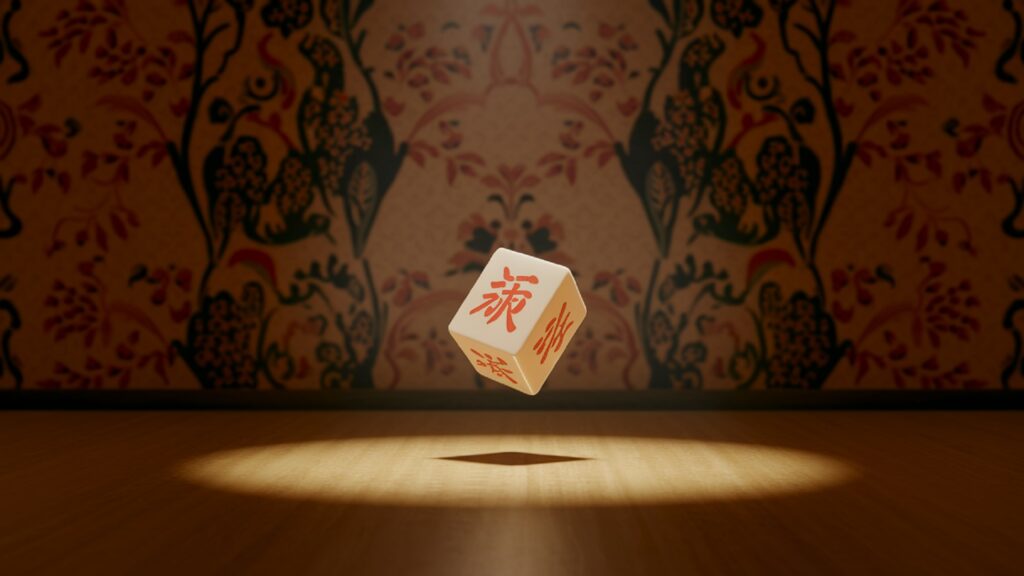
What are Mahjong Tiles?
Mahjong tiles are small, typically thick, and rectangular blocks used in the game of Mahjong—a four-player game deeply rooted in mid- to late-19th-century China. A full set traditionally consists of 144 tiles, though some regional sets may add or omit tiles. These are categorized into suits, honors, and bonus groups, each serving distinct roles.
- Numerical suits: Bamboo (Bams), Characters (Craks), and Dots (Dots). Each suit features 1 through 9, with four copies of each tile.
- Honor tiles: The four winds (East, South, West, North) and the three dragons (Red, Green, White).
- Bonus tiles: Flowers (four seasonal motifs) and Seasons (also four unique designs).
Every tile plays a specific role: suits are used to form runs or sets; honor tiles form sets; bonuses offer special scoring. Cmbind, these elemnts are used strategically in gameplay to complete a winning hand. The exact usage and composition of tiles can vary between Chinese, Japanese (Riichi), American, and other regional versions of Mahjong.
Benefits of Mahjong Tiles
Using mahjong tiles offers more than just casual entertainment. Here’s why these pieces are significant:
- 🧠 Cognitive Stimulation
- Improves memory through tracking tiles.
- Encourages strategic planning and adaptability.
- 💬 Social Connection
- Encourages interaction across generations.
- Builds friendships through face-to-face play.
- 🌏 Cultural Insight
- Provides a gateway to Chinese traditions, symbols, and festivals.
- Honors heritage during events like the Chinese New Year.
- 👌 Skill Enhancement
- Demands patience, risk assessment, and mental agility.
- Offers measurable improvement with practice.
- 🎭 Creative Expression
- Customize sets with unique materials, artwork, and themes.
- Collect limited-edition or vintage tiles as art pieces.
A deep knowledge of tiles can decide outcomes in tournaments. Clubs and societies worldwide use Mahjong—and therefore its tiles—as a medium for cultural and community engagemnt. Fully understanding them means more than just playing; it means being part of a global tapestry.
Also Visit This ( America’s Test Kitchen ).
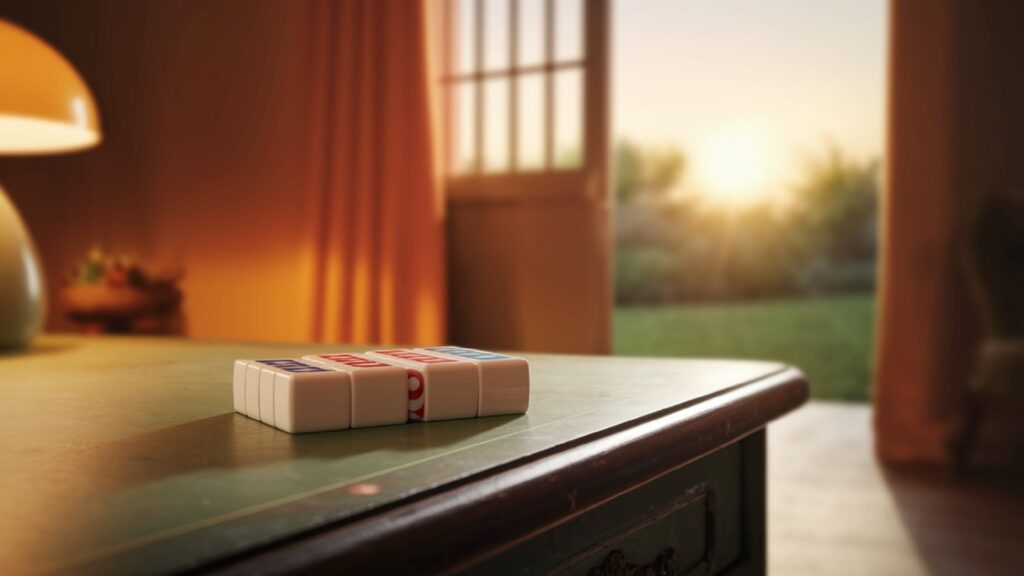
How to Use Mahjong Tiles Effectively
To excel in Mahjong, use mahjong tiles strategically. Here’s a step-by-step roadmap:
- Learn Each Tile Category
Gain familiarity with suits, honor tiles, and bonuses.
Understand which tiles are common (e.g., 2 of Bamboo) and which are rare. - Recognize Winning Patterns
Memorize standard combinations such as Pongs, Chows, and Kongs.
Learn special hands (e.g., Thirteen Orphans, Seven Pairs, Big Four Winds). - Practice Tile Recognition
Drill your ability to spot and recall tiles quickly.
Use flashcards or apps designed for Mahjong training. - Track Discards and Players’ Behavior
Observe what others discard.
Deduce opponents’ strategies and anticipate their goals. - Develop Hand-building Flexibility
Shift between suits or hand types if your original plan stalls.
Maintain multiple potential paths to victory. - Play Consistently
Join local or online playgroups.
Experiment with different rule variants to broaden experience. - Study Regional Rule Differences
Understand if bonus tiles score differently (e.g., Japanese Dora indicators).
Learn what bonus patterns are legal in American Mahjong (e.g., Joker usage). - Review Post-Game
Analyze each round.
Identify mistakes and missed opportunities.
Check out our Mahjong Beginner’s Guide for in-depth pathways and practice drills. The official scring rulebks, such as those from the National Mah Jongg League, provide excellnt structure and clarity for consistent play.
Anatomy and Design of Mahjong Tiles
Understanding mahjong tiles means appreciating their artistry and craftsmanship. These tiles are not just functional game components—they’re works of cultural expresion. Over the decades, their designs have evolved while maintaining classic symbolism.
Materials Used
Originally, mahjong tiles were crafted from high-quality materials that reflected status and tradition. Today, they range from mass-produced plastic to premium collector-grade sets.
- Bone and Bamboo: Traditional tiles were made from carved bone (usually cow or ox) layered over bamboo. These are now rare and prized by collectors.
- Ivory: Historically used for luxurious sets but now banned or heavily regulated due to ethical concerns.
- Bakelite & Celluloid: Early plastic alternativs introduced in the 20th century—still popular among collectors.
- Modern Acrylics: Durable, colorful, and widely used today in casual and tournament play.
- Jade, Marble, and Resin: Specialty materials for artistic or commemorative sets.
Each material affects not just aesthetics but also sound and feel during gameplay—a subtle but important factor for seasoned players.
Visual Symbolism
Every mahjong tile contains symbolic imagery:
- Bamboo (索子): Often depicted as sticks; the 1 Bamboo sometimes features a bird.
- Characters (萬子): These use Chinese numerals followed by the “ten thousand” (萬) character.
- Dots (筒子): Represent coins and often appear as circles or discs.
- Winds (東南西北): Mark directions and are essential in determining player position.
- Dragons (中發白): Red (center), Green (prosperity), and White (blank or bordered) signify important spiritual and cultural values.
- Flowers & Seasons: Each set usually contains four of each, often labeled 1–4 and paired (Spring with Plum, Summer with Orchid, etc.).
Artistic variations vary by country and even by manufacturer. Collectors often seek sets with unique carvings, color palettes, and font styles.
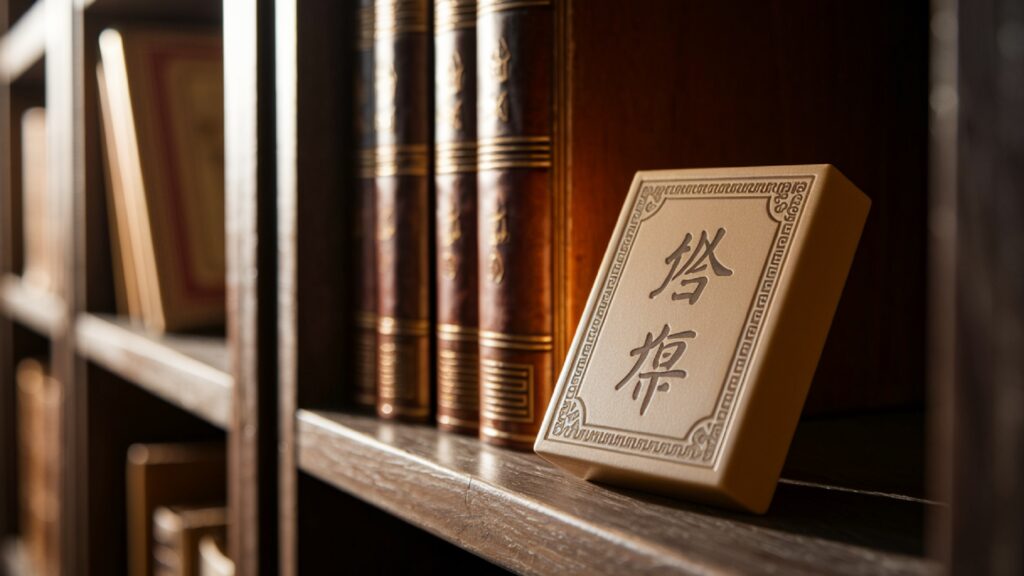
Common Mistakes People Make with Mahjong Tiles
Even experienced players can fall into traps related to mahjong tiles. Awareness of these missteps can save you points—and pride.
1. Misidentifying Tiles
It’s common for beginners to confuse similar-looking tiles, especially:
- 1 Bamboo with Flower tiles (some birds are hard to distinguish).
- Red and Green Dragons if the color clarity is poor.
- North Wind and the White Dragon in minimalist sets.
2. Ignoring Discards
A strategic player watches not only thir tile but also what’s being thrown away.
- Failure to remember recent discards can cost you a winning opportunity.
- Missed discard patterns mean you might not realize someone is building a flush.
3. Miscounting Tiles
In some versions, players accidentally claim a tile already played or misjudge how many are left. This especially occurs during endgame pressure.
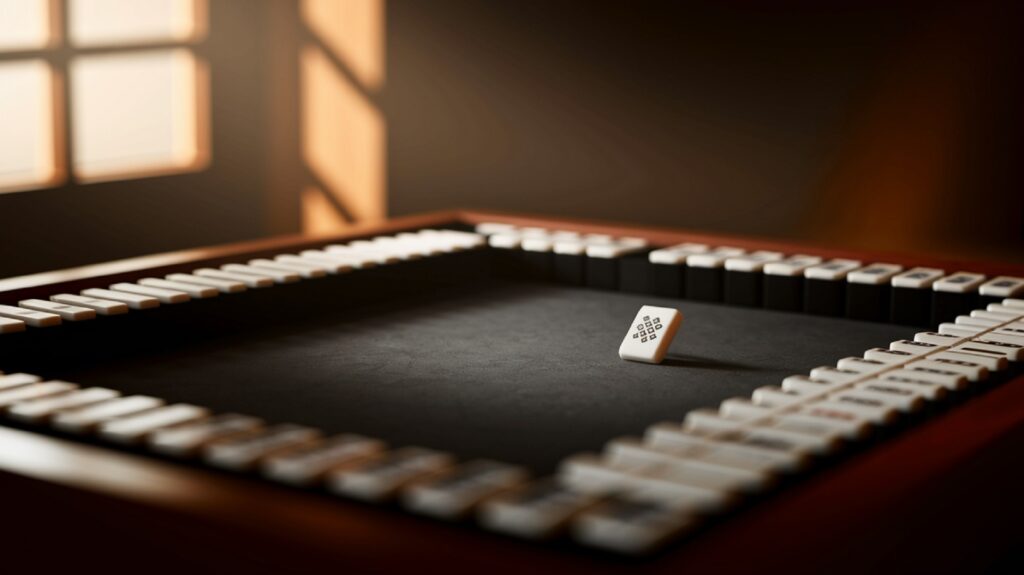
4. Misusing Bonus Tiles
Some players forget:
- Flowers and Seasons often cannot form melds.
- In American Mahjong, Jokers can’t be used with certain hands.
- Bonus tiles must be replaced immediately when drawn.
5. Not Understanding House Rules
From one group to another, rules may shift. You must always clarify:
- Is “wall-busting” allowed?
- Are Jokers used?
- Can you call a Kong on a discarded tile?
How to Maintain and Store Your Mahjong Tiles
If you’re investing in a personal or heirloom-quality set, protcting your mahjong tiles is crucial. Here’s how:
1. Storage
- Use Felt-lined Boxes: Prevent scratches and sound damage.
- Avoid Sunlight: Direct exposure can yellow ivory or warp plastic.
- Control Humidity: Bamboo layers may separate in humid environments. Use silica packets in storage cases.
2. Cleaning
- Acrylic Tiles: Use a microfiber cloth with warm water and mild soap. Dry thoroughly.
- Bone or Bakelite: Avoid soaking. Use a soft toothbrush to remov grime gently.
- Never use alcohol or acetone-based cleaners—they may melt or discolor tiles.
3. Regular Checks
- Rotate tile usage to prevent uneven wear.
- Inspect frequently-used tiles for fading, espcially in etched sets.
- Replace storage foam or fabric that might degrade and affect the tile surface.
4. Restoring Vintage Sets
For vintage mahjong tiles (e.g., Bakelite or ivory-bamboo), consult restoration professionals if:
- Numbers or symbols fade
- Layers begin to split
- There is mildew or mold on older wood or bamboo
Vintage sets are highly collectible, and proper maintenance keeps their value intact.
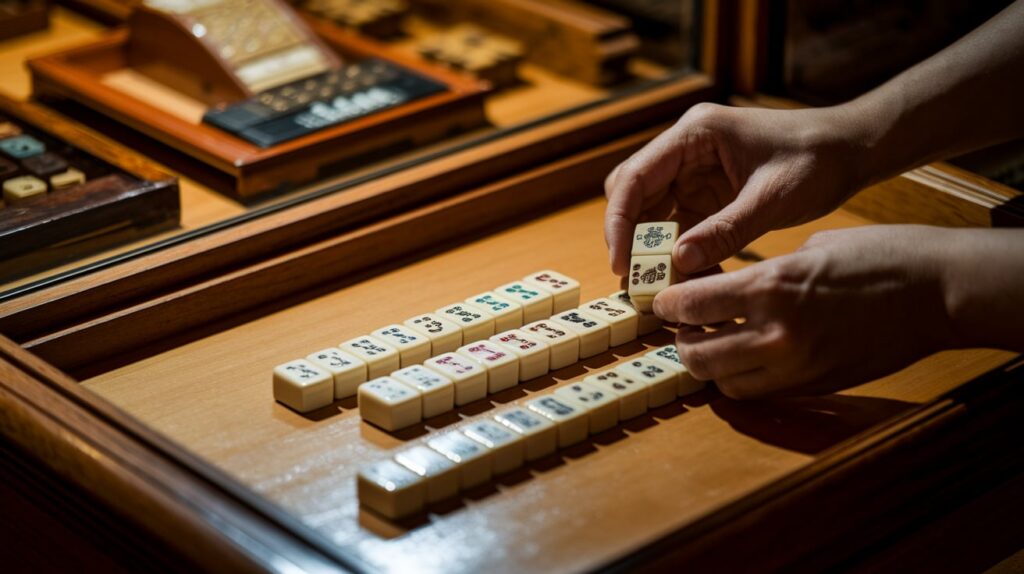
Cultural and Historical Significance of Mahjong Tiles
Mahjong tiles are more than just parts of a game. They carry deep cultural weight in Chinese and East Asian history. Here are a few cultural insights that add layers of meaning:
- Winds relate to Feng Shui and cosmic balance. Direction affects not just position but also the flow of luck in the game.
- Dragons represent mythological power. Winning with a “Pure Dragon” hand (three identical dragons).
- Flowers and Seasons often correspond with ancient poetry, herbal medicine, and festival imagery.
During Chinese New Year, Mahjong is commonly played for good fortune. Many families bring out ornate sets, somtimes passed down through generation, with special red envelopes (hongbao) placed on the table for good luck.
Advanced Gameplay Strategies Using Mahjong Tiles
Mastering mahjong tiles requires more than recognition—it demands deep strategic foresight. As you evolve past the beginner stage, here are some intermediate-to-advanced techniques that elevate your tile play.
1. Tile Efficiency
Every tile you draw or discard should improve your hand or reduce risk. Tile efficiency means always choosing discards that maximize your chances of forming a winning hand (known as a tenpai position in Japanese Mahjong).
- Drop isolated tiles early: A lone 9 Dot is harder to use than a 5 Dot, which connects easily with others.
- Value flexibility: Discard tiles that commit you to rigid hand structures unless it’s a winning strategy.
2. Reading Opponents’ Hands
As you gain experience, you’ll begin recognizing patterns in others’ discards.
- Avoid dangerous discards: If someone is close to winning, avoid droping middle tiles or honors.
- Watch for flushes: If an opponnt discrds only one suit, they might be going for a full flush (chinitsu).
3. Hand Development
Some hands are worth more points but take longer to build. Others are faster but lower in value. Adapt your strategy to:
- Speed when you’re behind in points or playing short matches.
- Power when you can afford to wait and score high.
Example: A hand of all Pongs (triplets) with dragons or winds might score more, but it’s harder to build.
4. Defensive Play
When behind, a key skill is avoiding risky discards.
- Fold if you’re too far from tenpai.
- Watch the wall: late in the game, every discard counts.
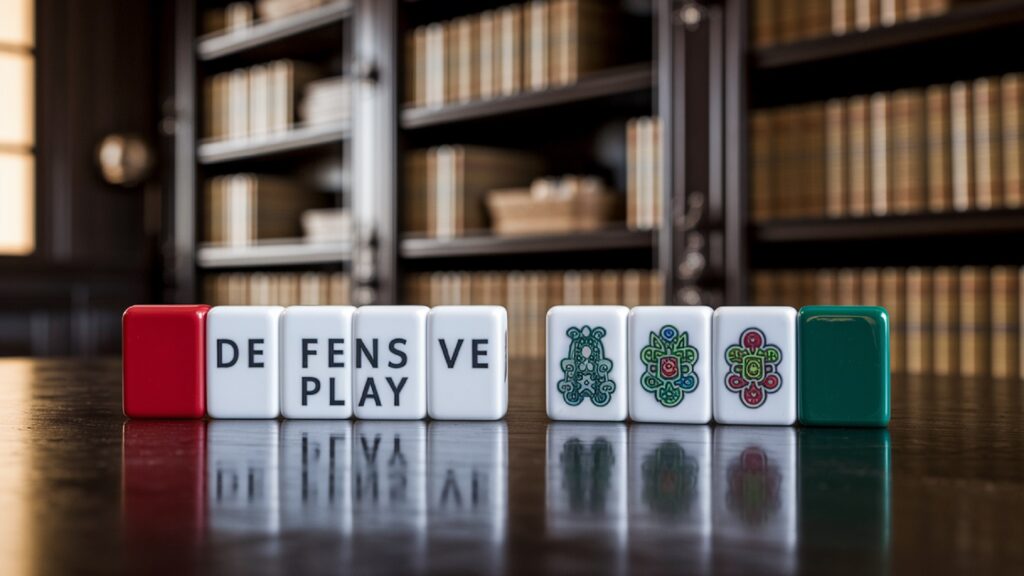
Regional Rule Variations and Tile Usage
Different regions of the world use mahjong tiles in varying formats and styles. Understanding these distinctions is vital, especially if you play internationally or online.
Chinese Classical Mahjong (Zhōngguó Májiàng)
- Tiles: 144 standard tiles.
- No Jokers or special hands required.
- Scoring: Simpler, focuses on sets and standard hands.
- Tile use: All tiles are actively used. Flowers often add bonus points.
Japanese Mahjong (Riichi Mahjong)
- Tiles: 136 (no Flowers or Seasons).
- Dora tiles offer bonus points.
- Furiten Rule: Can’t win on a tile you’ve previously passed on.
- Tile design: Often features slim, sharp charactrs and subdued color tones.
American Mahjong
- Tiles: 152, including Jokers.
- Uses a yearly card of specific hands by the National Mah Jongg League.
- Tile use: Many hands require precise combinations; Jokers are vital.
- Unique tiles like “Soap” (White Dragon) and multiple joker-friendly hands.
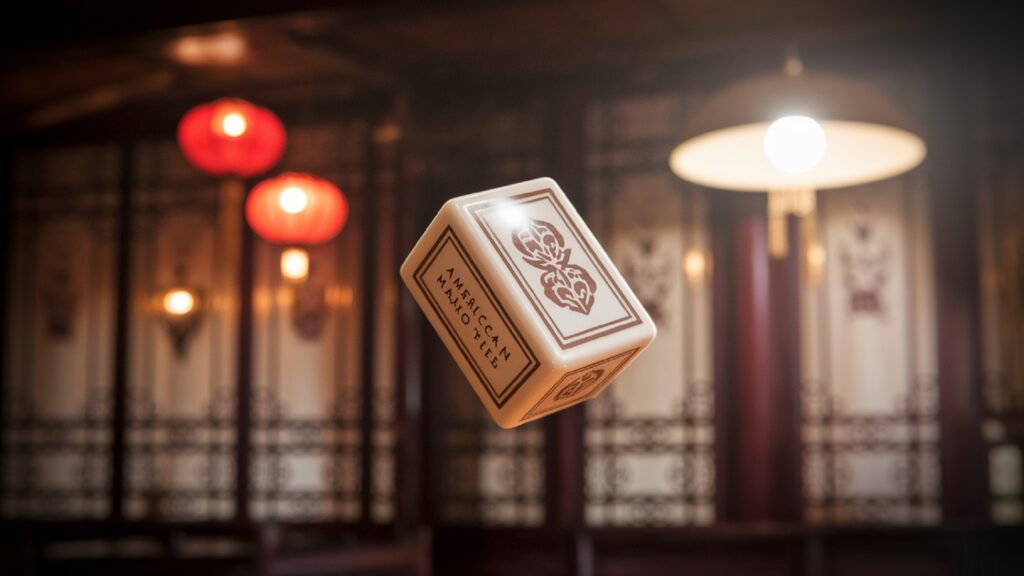
Hong Kong Style
- Tiles: 144 traditional tiles.
- Scoring: Simple, with multipliers for dragons, winds, and bonus tiles.
- Tile usage: Bonus tiles play an essential role in scoring, even though not needed to win.
The Psychology of Remembering Mahjong Tiles
The human brain naturally forms tile memory patterns over time. Here’s how psychology intersects with gameplay:
Pattern Recognition
- Frequent play helps the brain recognize number combinations quickly.
- Visual repetition locks in suit types, improving speed and accuracy.
Working Memory
- The game trains short-term memory by forcing you to remember 20–40 recent discards.
- Competitive players train their memory like chess playrs visualize board positions.
Spatial Memory
- Some players visually track the location of tile groups or opponents’ discards.
- This improves overall game awareness and strategic flexibilty.
Tip: You can use memory training apps to imprve tile recognition speed.
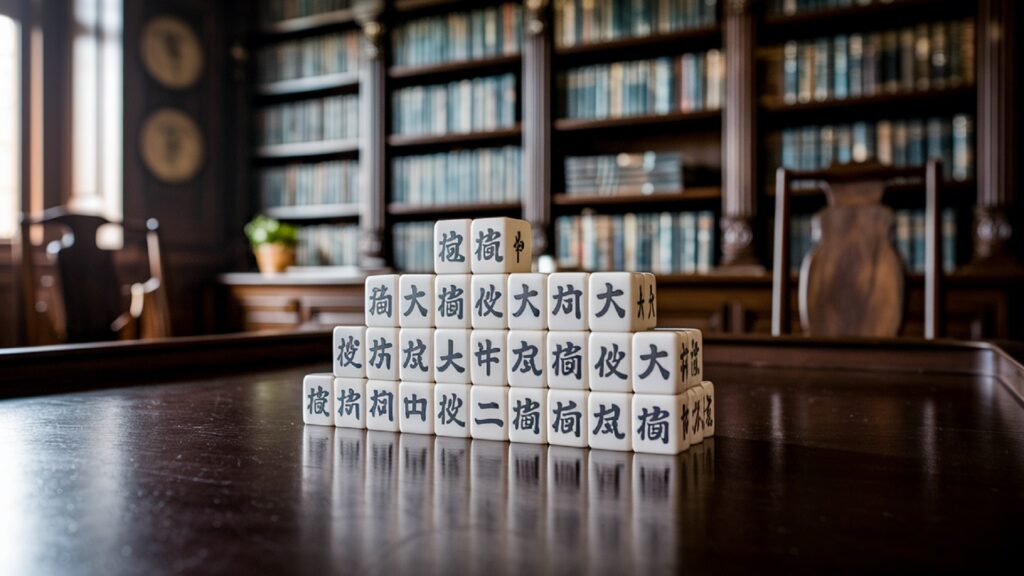
The Collectors’ Market for Mahjong Tiles
Collecting mahjong tiles has become a passionate niche for hobbyists, art lovers, and historians.
Why Collect Mahjong Tiles?
- Historical significance: Sets from the 1920s–50s often show incredible hand-carving.
- Aesthetic value: Intricate engravings and luxurious materials make tiles feel like art.
- Rarity: Many old factories in Shanghai, Hong Kong, and Japan no longer exist.
Most Valuable Sets
- Ivory & Bamboo sets: Banned for sale in many countries but extremely rare.
- Bakelite sets from the 1930s–40s: Highly sought-after in Westrn markets.
- Custom artisan sets: Hand-carved jade, gold inlay, or mother-of-pearl tiles can cost thousands.
Where to Buy or Sell
- Auction sites like Sotheby’s (for rare sets)
- Specialty dealers and collectors’ forums
- Online marketplaces like eBay (with caution)
Preservation Tips:
- Keep tiles in a climate-controlled environment.
- Use acid-free packaging.
- Photograph your collection for insurance.
Digital Mahjong Tiles: The Future of Online Play
As Mahjong has grown globally, digital Mahjong tiles have created new ways to engage with the game.
Online Platforms
- Mahjong Soul, Riichi City, Tenhou, and RealMahjong simulate full rule sets.
- Tiles animate, shuffle, and discard automatically.
- Apps provide tutorials and ranked matches.
Benefits of Digital Tiles
- Instant setup: No need to manually build the wall.
- Game tracking: Score calculations are automtic.
- Global competition: Play with opponents worldwide.
- Learning tools: Tile suggestions and replay reviews help improve skills.
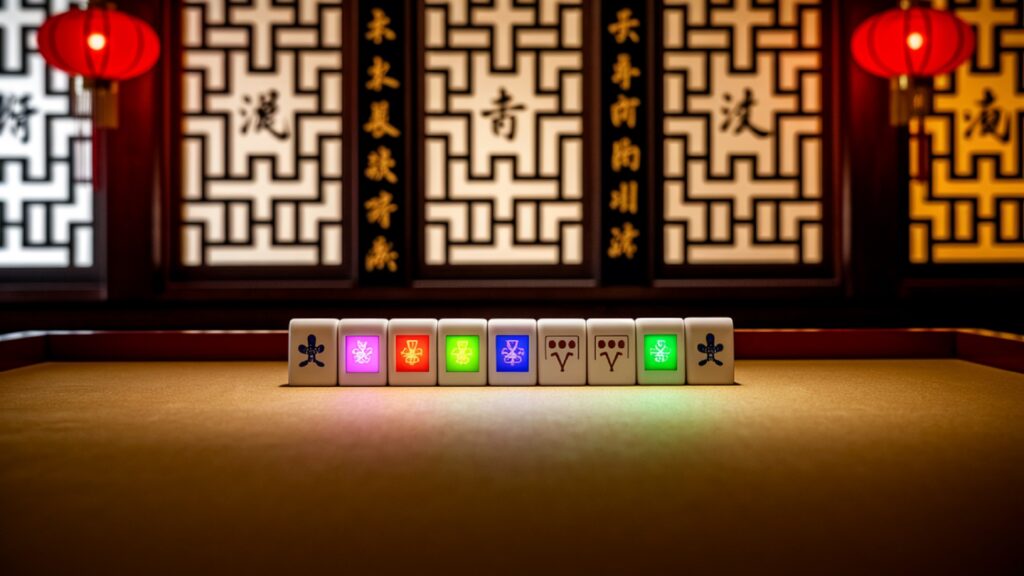
Drawbacks
- Lack of physical tactility and sound.
- Not all platforms offer custom rule variants.
- Artistic beauty of physical tiles is lost on flat screens.
The Hybrid Experience
Some online platforms now offer augmented reality Mahjong, where digital mahjong tiles apper on your table via AR glasses or smart tables. This preserves the feel of play with the ease of digital features.
FAQs About Mahjong Tiles
What’s the difference between Chinese and American mahjong tiles?
Chinese sets typically have 144 tiles, including Flowers and Seasons. American sets use 152 tiles and include Jokers. The designs are also different: American sets may feature English letters and numbers.
How many tiles are in a Japanese mahjong set?
Japanese (Riichi) Mahjong uses 136 tiles: three suits, winds, dragns, but no flowers or seasons. It also includes Dora indicators for bonus scoring.
Can I mix tiles from two different sets?
Not advised. Variations in color, size, and artwork make gameplay confusing. It may also be unfair in competitive play.
What are jokers in mahjong?
Used primarily in American Mahjong, jokers substitute for any tile in specific hands. However, they can’t be used in some combinations, and if claimed, must be exchanged stratgiclly.
Are expensive mahjong tiles better?
Functionally, no. Even plastic tiles play well. However, expensive tiles may feel more satisfying, look more artistic, and make the game feel more prestigious or ceremonial.
Author Remarks:
The mahjong tiles are much more than mere compnnts of a game—they are the foundation of a centuries-old tradition that blends strategy, artistry, and cultural symblism. From the suits that form the core of every hand to the honor and bonus tiles that shape advanced tactics and scoring, each tile has a unique role and historical depth.
Whether you’re just learning how to recognize and use mahjong tiles or aiming to refine high-level strategies, understanding the full scope of these tiles is essential. Their variety across regional styles—Chinese, Japanese, American, and more —adds richness to the game and offers something for every type of player, from casual participants to competitive professionals and even collectors.
The psychological skills you develop—mmry, pattern recognition, and adptbility—extend well beyond the game table. As mahjong continues to evolve through digital platforms and global communities, the value and relevance of mahjong tiles only grow.
You touch a tile—whether it’s a 1 Bamboo, a Green Dragon, or a hnd-carvd Flower—take a moment to appreciate the tradition in your hands.

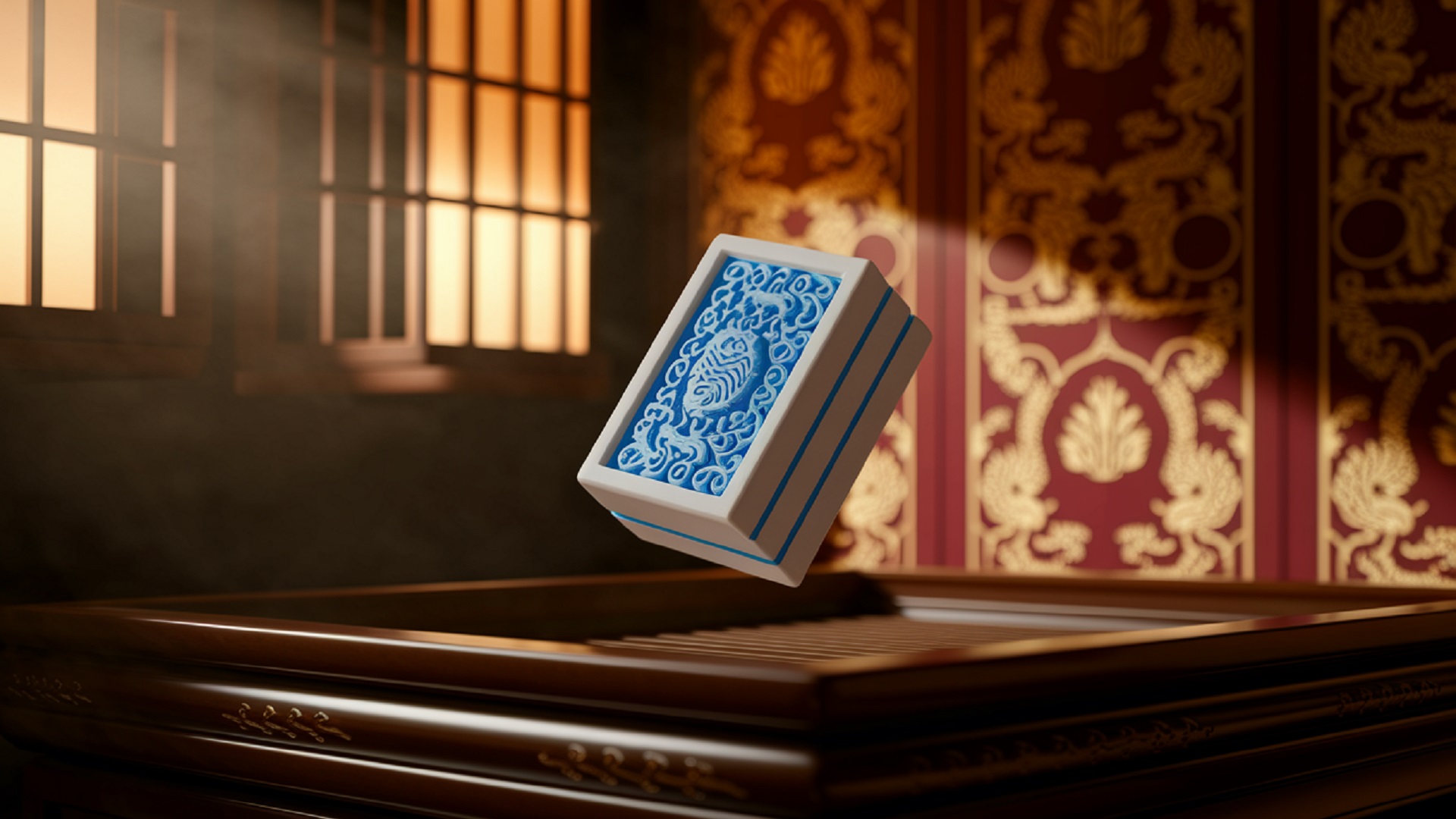
1 Comment